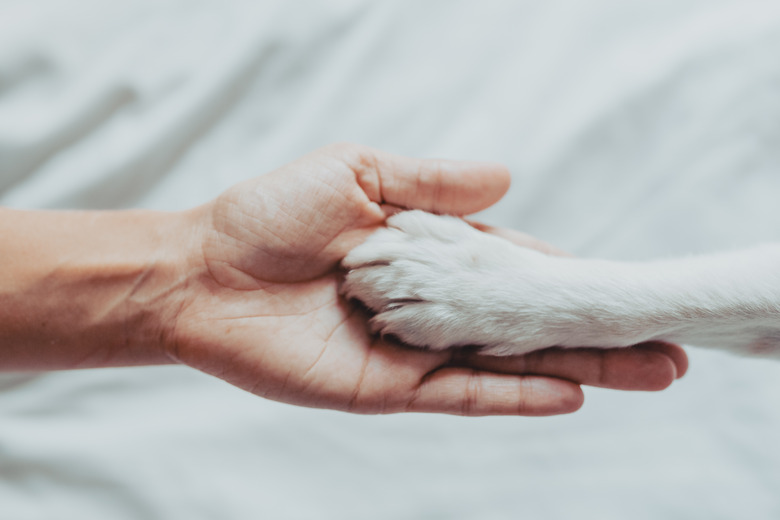Pet CPR: What It Is And Why It's So Important
When most of us hear cardiopulmonary resuscitation or more commonly known as CPR, we think of people, but CPR is just as important to take care of pets. Getting an injured pet to a veterinarian is always the priority, but CPR skills can help you treat an injured pet right away while you get to the closest vet clinic. You could potentially save your pet's life or even the life of someone else's pet.
Why pet first aid is important
Why pet first aid is important
Increasingly, pet parents are asking that professionals who interact with their pets, like sitters and walkers, provide them with documentation of being certified in CPR. If your pet or a pet in your care were involved in a serious accident, or you found them unresponsive, what would you do? Pet CPR courses can give you the skills you need to respond quickly in an emergency and are important for pet owners and pet professionals alike. If you work as a pet sitter, dog walker, or in a pet store, CPR training will help you to know what to do if a pet in your care were injured or in distress. Pet CPR classes will teach you how to treat wounds, as well as how to perform CPR /artificial resuscitation. Similar to human CPR where a person uses chest compressions and artificial breathing, a similar method can be used to try to revive dogs or cats who are not breathing.
What you’ll learn
What you'll learn
Pet CPR courses will give you the skills to know what to put in a pet first aid kit for both cats and dogs. You will learn how to check the vital signs on different pets, how to handle emergencies and treat wounds, stop bleeding, what to do if a pet in your care is having a seizure, or if you believe they are having a cardiac emergency. When a pet isn't breathing or their heart stops, their blood oxygen levels begin to drop, which can lead to organ failure and brain damage. In an emergency situation pet CPR can be administered, and in some cases can help to resuscitate and keep a pet alive until they can be brought to a veterinary hospital.
As part of the pet CPR certification, you will learn how to clear a pet's airway and check for obstructions, learn to check for a pulse/heartbeat, and how to artificially breathe for a small or large pet. Another key skill you'll learn in a pet CPR course is how to properly and safely give your dog the Heimlich maneuver in the event that your pet is choking.
CPR certifications
CPR certifications
Because the proper application of pet CPR can literally be life or death for a pet, it is important to learn from the experts. If you prefer hands-on learning, many local humane societies have opportunities for classes, in-person training and certification in pet CPR. This will give you the chance to learn in person and practice with pet mannequins.
It's also possible to learn pet CPR via an online course. The American Red Cross provides a comprehensive Pet CPR course to provide you with the basics for how to provide CPR to pets who are sick or injured. Other online options include course offerings for online learning from Udemy and ProPet Hero with courses designed for pet parents and pet professionals. Once you complete a pet CPR class online or in person, you will receive a certificate documenting that you have been trained in pet CPR.
Seek veterinary care
Seek veterinary care
Although getting trained in pet CPR is important for pet parents and pet professionals, it is not a replacement for veterinary care. Pet CPR can help to stabilize an injured pet in the event of an emergency, but it is a temporary treatment. If your pet is injured or involved in an accident they should be seen by your veterinarian, or at an emergency veterinary hospital as soon as possible to receive a full evaluation and any necessary treatment.



